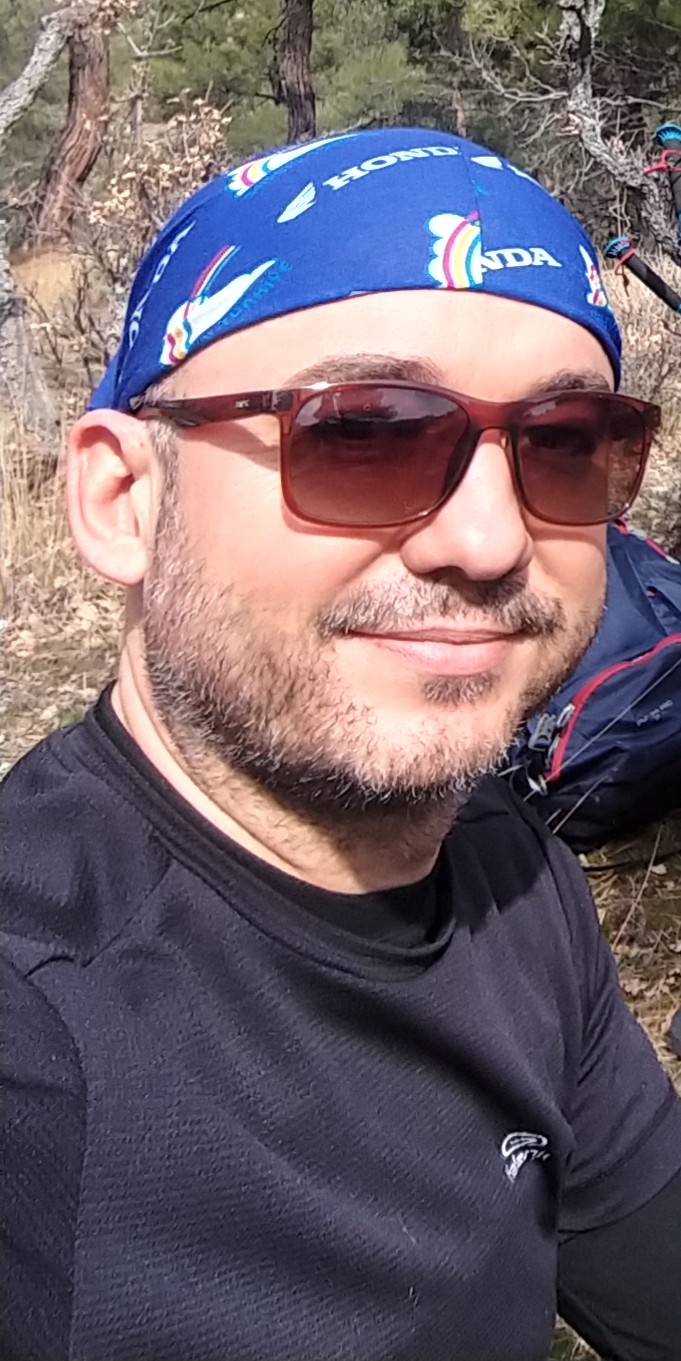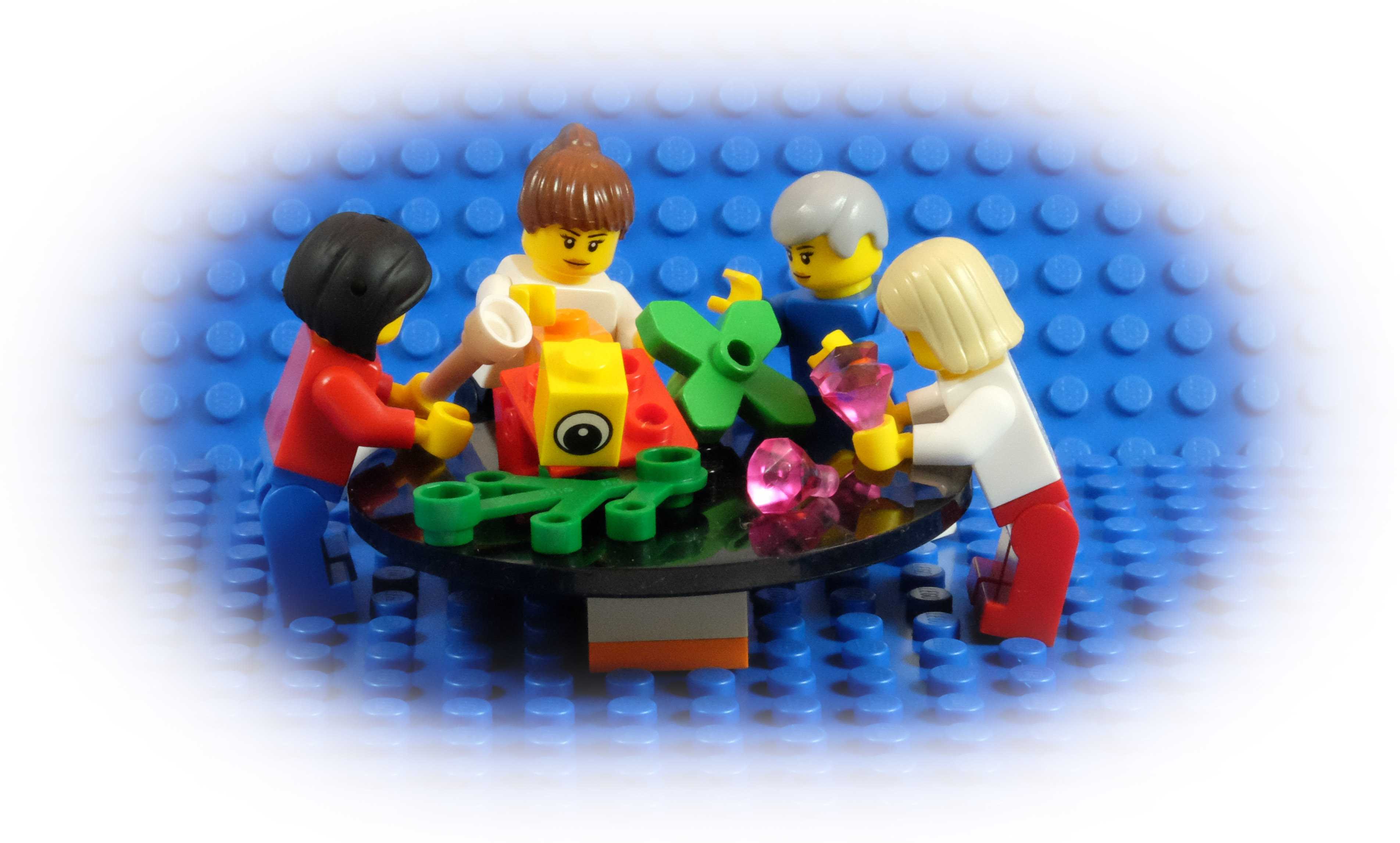#1 Start with WHY?
 Şaban Şafak
Şaban ŞafakTable of contents

Project/Practice-Based Learning (P²BL) is an effective educational approach that promotes active learning through practical, hands-on projects. When applied to the requirement development process, P²BL can enhance creativity, critical thinking, and collaboration. In this article, we will explore how the LEGO Serious Play method can be used as a scope for P²BL in requirement development and provide two example applications.
Example Application 1:
Creating User Stories In the requirement development process, understanding user needs is crucial. With P²BL using LEGO Serious Play, a team can engage in a collaborative activity to create user stories. Here's how it works:
Define the project: The team identifies the project's objectives and scope, such as developing a new mobile app or improving an existing website.
Build LEGO models: Each team member builds a LEGO model that represents a specific user or stakeholder involved in the project.
Share and discuss: The team members present their models and explain the story behind them. This encourages creative thinking and generates discussions about user needs and expectations.
Extract user stories: Based on the LEGO models and discussions, the team identifies and extracts user stories, which are concise descriptions of user requirements.
Prioritize and refine: The team prioritizes and refines the user stories, ensuring they align with the project's goals and constraints.
Example Application 2: Prototyping and Iteration Prototyping is an essential part of the requirement development process as it allows teams to gather feedback and refine their ideas. P²BL using LEGO Serious Play can facilitate this iterative process effectively:
Define the project: The team selects a specific requirement to focus on, such as designing a new product feature or improving an existing workflow.
Build LEGO prototypes: Each team member builds a LEGO prototype that represents their solution or idea related to the requirement.
Share and discuss: The team members present their prototypes and explain their functionality and design choices. This stimulates discussions and encourages feedback and suggestions.
Iterate and refine: Based on the feedback received, the team members refine their prototypes, incorporating improvements and modifications.
Test and validate: The team tests the refined prototypes, assesses their effectiveness, and validates them against the requirement's goals and criteria.
Benefits of P²BL with LEGO Serious Play for Requirement Development:
Engages active participation: P²BL encourages active participation from team members, fostering a collaborative environment where everyone's input is valued.
Enhances understanding and empathy: The hands-on nature of LEGO Serious Play helps teams gain a deeper understanding of user needs, fostering empathy and leading to better requirement development.
Boosts creativity and innovation: P²BL with LEGO Serious Play stimulates creative thinking and fosters innovative solutions, enabling teams to develop requirements that go beyond traditional approaches.
Facilitates effective communication: The visual and tangible nature of LEGO models facilitates effective communication, ensuring a shared understanding among team members and stakeholders.
In conclusion, P²BL with the LEGO Serious Play method offers a unique and engaging approach to requirement development. By utilizing hands-on activities and collaborative discussions, teams can foster creativity, critical thinking, and effective communication throughout the process. Whether it's creating user stories or prototyping and iterating, P²BL with LEGO Serious Play provides valuable insights and promotes successful requirement development.
That's why I started this periodical :)
Subscribe to my newsletter
Read articles from Şaban Şafak directly inside your inbox. Subscribe to the newsletter, and don't miss out.
Written by

Şaban Şafak
Şaban Şafak
I'm an enthusiastic senior engineer/imagineer with a strong focus on system and software quality, safety, and security. My competencies span various areas, including quality assurance, configuration management, airworthiness cybersecurity, enterprise management, safety assessment, and system development. In terms of certifications, I hold AS91K/ISO9K and AS131K auditor certifications, indicating expertise in implementing and auditing quality management systems. Additionally, I'm an ISO27K Auditor, well-versed in auditing information information assurance. My involvement as an OP Assessor at the EAQG Certification Oversight Team showcases my role in assessing aerospace quality system certifications. In the realm of software, I'm experienced with various standards and guidelines, including IEEE 12207, IEC 25010, and DO-178C, which are crucial in software development for safety-critical systems. Also I have rich training portfolio as a trainer, about those standards and guidelines. Overall, I possess a diverse skill set and an extensive understanding of quality, safety, and security aspects in the fields of system and software development, makes me a valuable asset in ensuring compliance and excellence in my respective domain